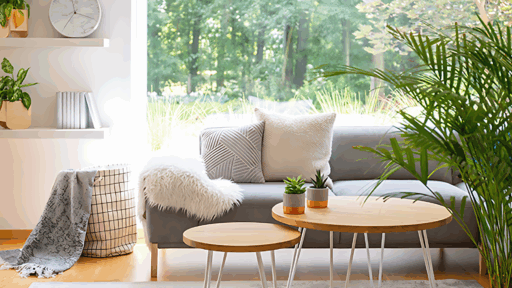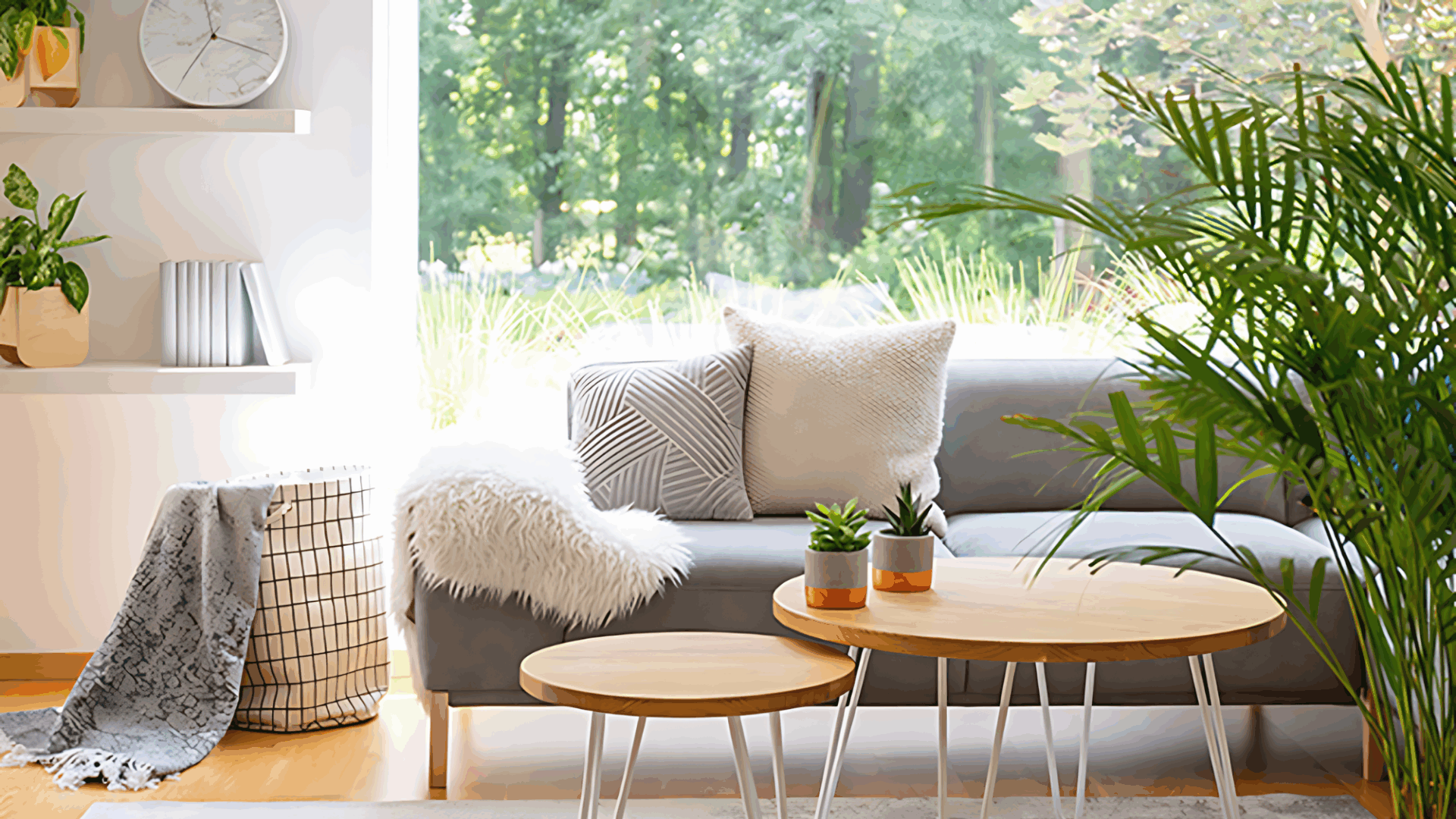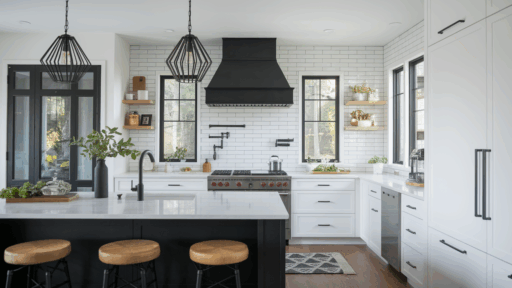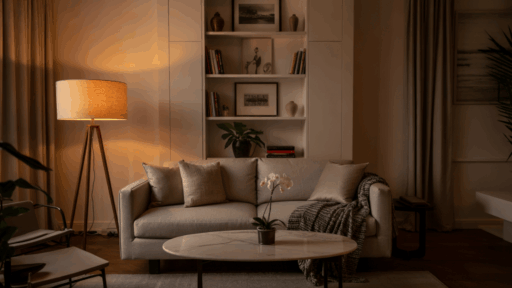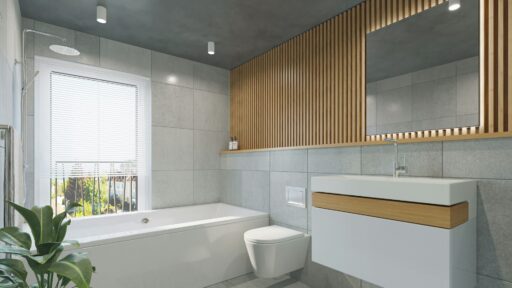Your home is your stage, and furniture is the supporting cast that can either steal the show or leave the audience wondering what went wrong.
Choosing the right furniture style isn’t just about filling empty spaces; it’s about creating a cohesive narrative that reflects your personality while ensuring your guests don’t flee faster than vampires from garlic bread. A part of this process is disposing furniture that doesn’t fit right.
From the clean lines of modern minimalism, which whisper “I have my life together,” to the ornate curves of traditional pieces that announce “I appreciate the finer things,” each furniture style brings its personality to the party.
If you’re channeling rustic farmhouse charm or sleek industrial vibes, the right style can convert a house into a home and prevent your living room from looking like a furniture store explosion.
What Are Furniture Styles?
Furniture styles are distinct design philosophies that dictate everything from the curve of a chair leg to the grain of a dining table.
They’re the visual language your home speaks, determining whether it whispers sophistication or shouts personality.
Understanding furniture styles is like learning interior design grammar; without it, your rooms become a confusing babel of mismatched elements.
When you grasp these style foundations, you can create spaces that flow seamlessly from room to room, ensuring your Victorian armchair doesn’t awkwardly clash with your ultra-modern coffee table.
Key Characteristics of Popular Furniture Styles
Each furniture style tells its own story through materials, colors, and forms. Recognizing these signature elements helps you curate spaces that feel intentional rather than accidental.
1. Modern Furniture Style
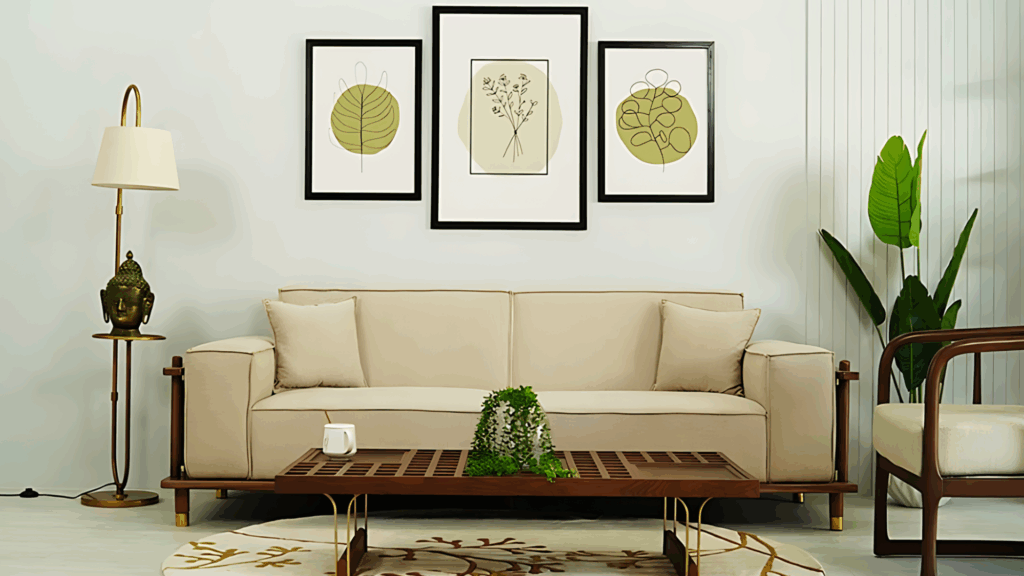
Clean lines, minimalism, and functionality define this style, emphasizing geometric shapes and neutral color palettes.
Modern furniture strips away unnecessary ornamentation, focusing instead on sleek surfaces and purposeful design. Ideal for urban or minimalist spaces.
Materials Used: Glass, steel, and engineered wood dominate, creating pieces that feel both comforting and cutting-edge.
2. Traditional Furniture Style
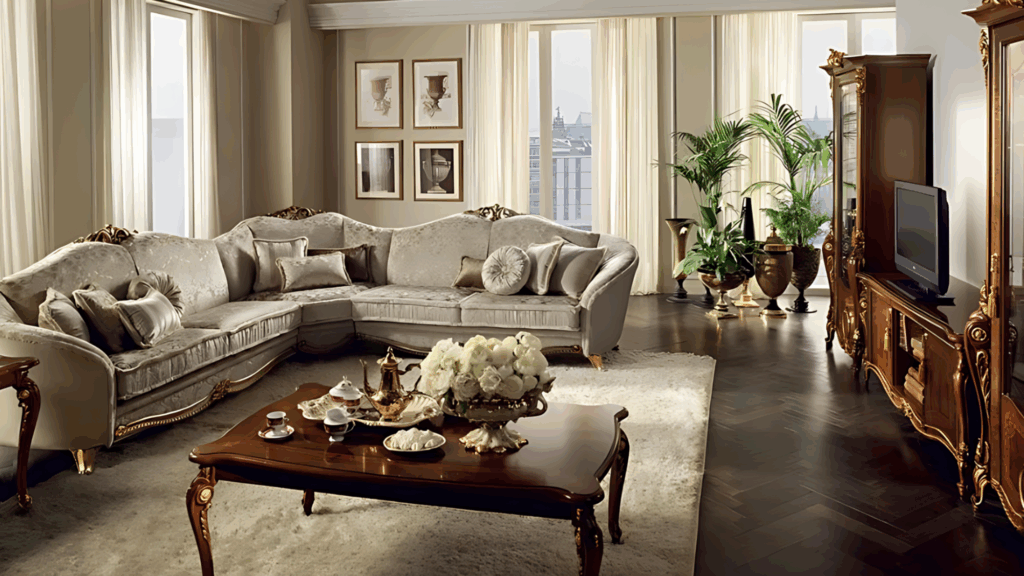
Rich wood finishes, classic lines, and a warm, inviting feel characterize traditional furniture, drawing inspiration from 18th and 19th-century European designs.
This style embraces ornate details, curved silhouettes, and time-tested craftsmanship techniques. Works well in formal living rooms or dining areas.
Materials Used: Deep mahogany, cherry, and oak woods are paired with luxurious fabrics and brass or bronze hardware.
3. Contemporary Furniture Style
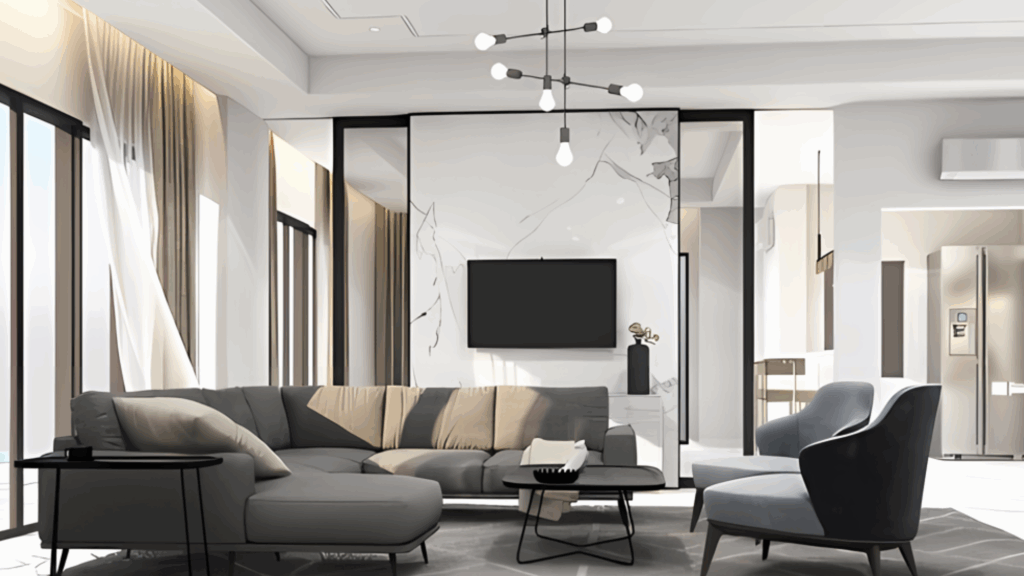
Fluid lines, soft colors, and flexibility in materials make contemporary furniture adaptable to changing trends and personal preferences.
Unlike the rigid geometry of modern style, contemporary pieces embrace curves and organic shapes while maintaining a fresh, current aesthetic. Great for eclectic homes that change with trends.
Materials Used: This style often incorporates mixed materials and bold accent colors.
4. Industrial Furniture Style
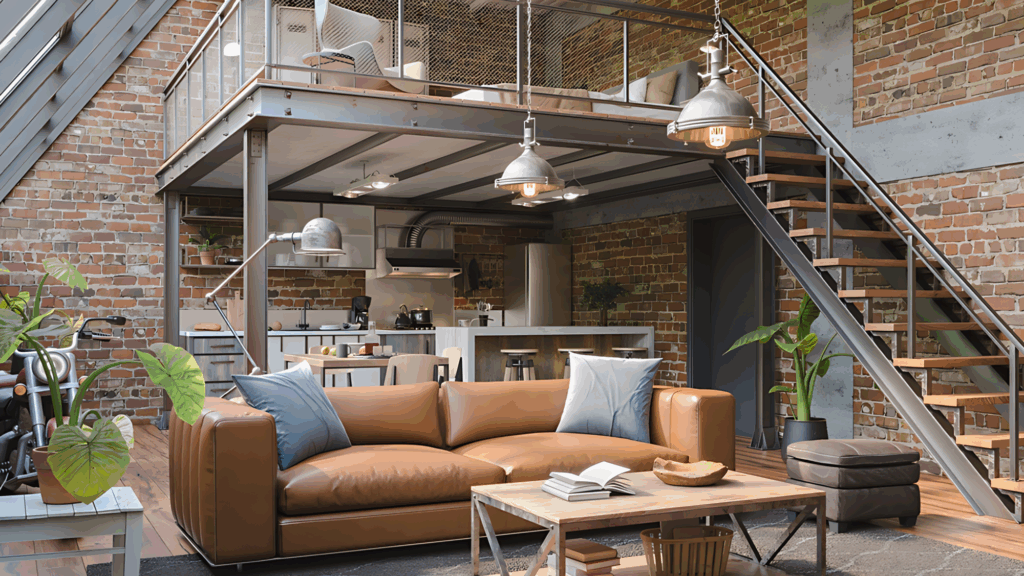
Exposed metal, wood, and unfinished finishes celebrate the raw beauty of manufacturing and urban environments. The look embraces imperfections, rust, and wear as design features rather than flaws. Best suited for lofts or urban apartments.
Materials Used: Industrial furniture often repurposes materials like reclaimed wood, weathered steel, and vintage factory elements.
5. Scandinavian Furniture Style
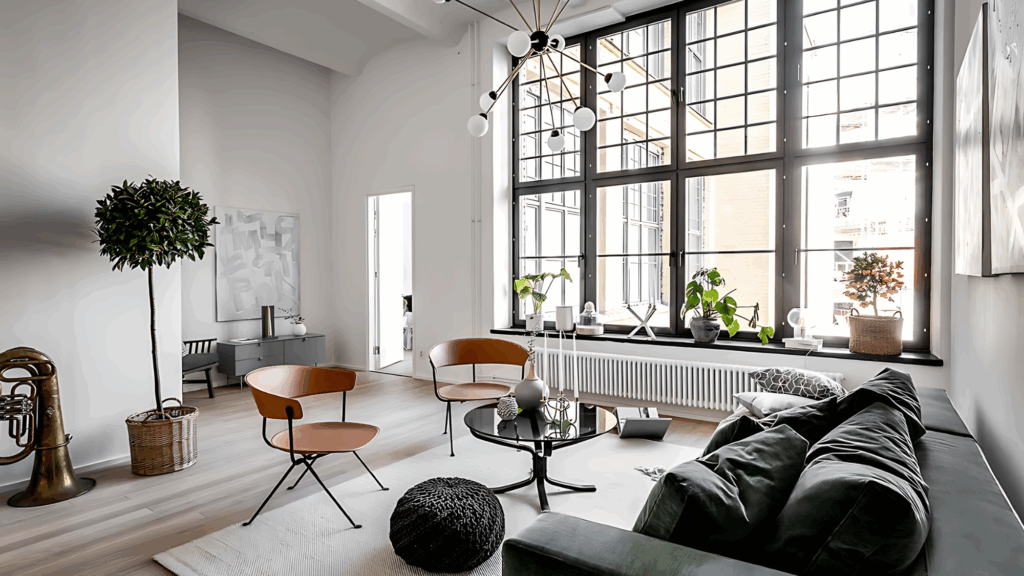
Simple, functional, and light wood tones embody the Nordic philosophy of hygge and minimalist living. Every piece serves a purpose while maintaining visual lightness and warmth.
Perfect for smaller spaces or those needing a clutter-free environment.
Materials Used: Scandinavian furniture prioritizes natural materials, particularly blonde woods like birch and pine, combined with white and light gray palettes.
How to Choose the Right Furniture Style for Your Home
Selecting the perfect furniture style isn’t about following the latest trends; it’s about creating a space that genuinely reflects your lifestyle and makes you feel at home.
1. Space and Architecture: Consider your room proportions; oversized traditional armoires can overwhelm small spaces, while delicate contemporary pieces might get lost in expansive rooms.
2. Color Palette and Lighting: Consider your wall colors, flooring, and fixed elements; neutral palettes offer flexibility for any style, while bold or specific color schemes might naturally lean toward contemporary or modern.
3. Existing Decor and Lifestyle Needs: Consider maintenance requirements; industrial furniture’s weathered finishes are forgiving, while traditional pieces often require more careful upkeep.
4. Aligning Preferences with Furniture Types: Once you’ve identified your style personality, consider how different furniture types serve your needs.
5. Testing Your Style Compatibility: Before committing to a furniture overhaul, test your style preferences with smaller pieces; it often reveals if a style truly aligns with you or if you’re simply attracted to its visual appeal.
Popular Types of Furniture Styles for Different Rooms
Each room in your home serves a unique purpose, and the furniture style you choose should uplift that function while maintaining visual harmony throughout your space.
| Room | Best Furniture Styles | Why It Works |
|---|---|---|
| Living Room | Contemporary, Traditional | Contemporary offers flexibility for changing needs and entertaining, while Traditional creates warm, inviting gathering spaces |
| Bedroom | Scandinavian, Modern | Scandinavian promotes restful sleep through clean, uncluttered design, while Modern creates serene, minimalist retreats |
| Dining Room | Traditional, Industrial | Traditional suits formal entertaining and family gatherings, while Industrial works for casual, everyday dining |
| Home Office | Modern, Industrial | Modern provides distraction-free productivity spaces, while Industrial combines functionality with professional character |
| Kitchen | Contemporary, Industrial | Contemporary adapts to evolving cooking needs, while Industrial embraces the functional, utilitarian nature of kitchen work |
Mixing and Matching Furniture Styles
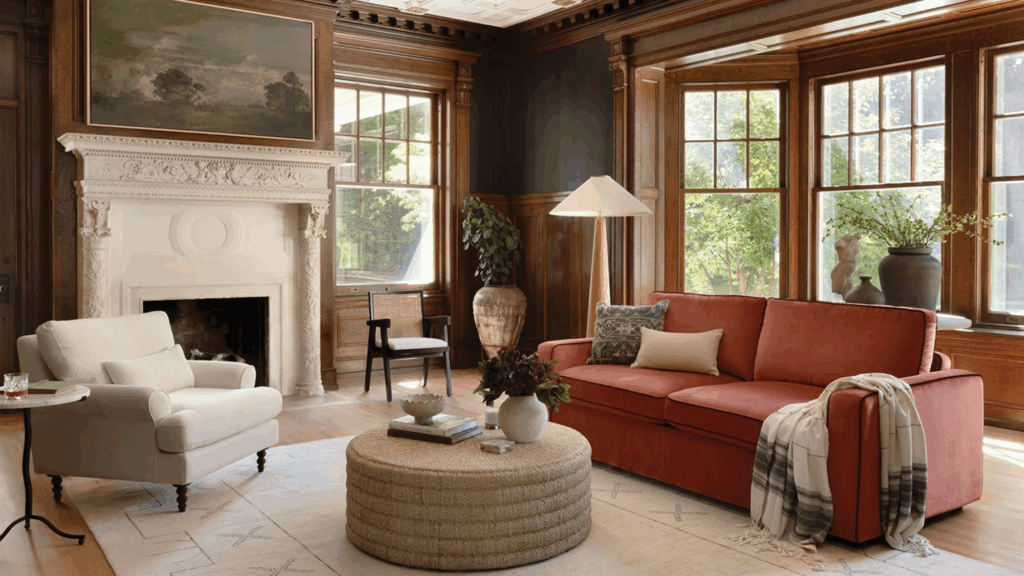
Today’s most compelling interiors embrace the art of thoughtful style mixing, creating spaces that feel collected over time rather than purchased in a single shopping spree.
The Foundation Principle
Start with one dominant style as your foundation; typically, 60-70% of your furniture should represent this primary style. This creates visual stability and prevents your space from looking like a furniture showroom explosion.
Choose your foundation style based on your home’s architecture and your personal preferences, then use secondary styles as accent pieces to add personality and visual interest.
Creating Visual Bridges
Successful style mixing relies on connecting elements that tie disparate pieces together.
Color serves as one of the strongest bridges; a rich mahogany traditional dining table can harmonize beautifully with modern chairs if they share similar warm wood tones or complementary colors.
The Power of Transitional Pieces
Certain furniture pieces naturally bridge style gaps, making them invaluable for mixed-style spaces.
Mid-century modern furniture often serves as a perfect mediator between traditional and contemporary styles, while rustic or farmhouse pieces can connect industrial and Scandinavian elements.
Conclusion
Selecting the right furniture style isn’t just about following design trends; it’s about creating a home that authentically reflects your personality while serving your daily needs.
If you gravitate toward clean, modern design, traditional pieces, contemporary furniture, industrial elements, or the Scandinavian style, your choices should make you feel genuinely at home.
Don’t be afraid to experiment and evolve your style over time. Mix elements, test different combinations, and trust your instincts about what feels right in your space. Your home should tell your story, not someone else’s.
Start by identifying your dominant style preference, and then gradually incorporate pieces that resonate with you. Your perfect home is waiting to be uncovered.

